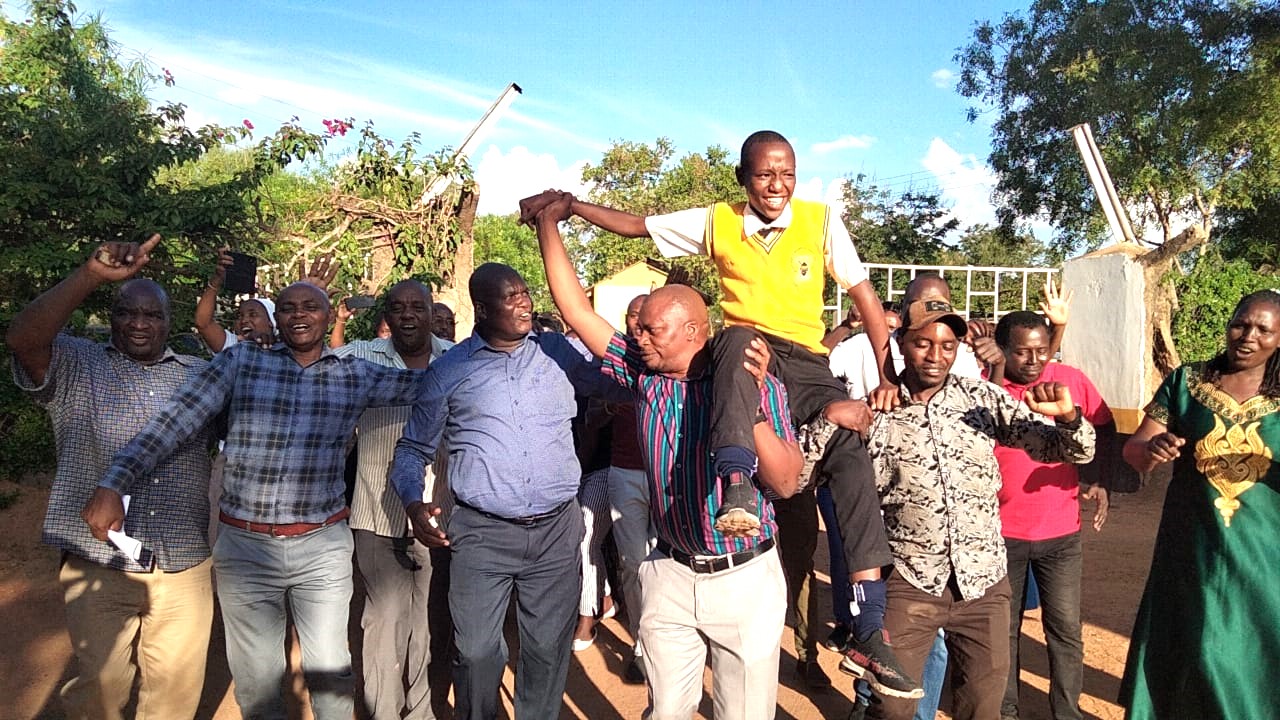By Robert Onsare
robert.onsare@gmail.com
It doesn’t take long for skills and knowledge to become outdated in a fast changing world of technological advances and rapidly expanding information.
Researchers have estimated that in this century, more than 44 percent of all the workers will be in data services – gathering, processing, retrieving, or analyzing information. Thus, the book The Employee handbook of the New Work Habits for a Radically Changing World by Price Prichett says that “‘knowledge’ is becoming our most important ‘product’”. Are we prepared for this reality?
This reality calls for our schools to offer multiple intelligent education which encompasses seven dimensions: linguistic, logical/mathematical, spatial, musical, bodily – kinesthetic, interpersonal and intrapersonal.
Thus, “each one of us begins life with innate brain properties that place us at some point along each intellectual scale. Those who score higher initially on a given scale will find it much easier to succeed using that intelligence than those who score lower,” according to Howard Gardner, the brain behind multiple intelligences.
The classroom of the future in which we are living at the moment is an alarm call for teachers and students to work together to create an atmosphere of acceptance that celebrates different cultures, genders, intelligences, languages, gifts and talents, interests, and means of self – expression.
Students and teachers should understand that within and across every culture there are many individual variations and that differing opportunities, values and motivations produce a variety of abilities.
Gardner says “the essence of the theory is to respect the many differences among the people, the multiple variations in the ways that they learn, the several modes by which they can be assessed, and the almost infinite number of ways in which they can leave a mark on the world.”
To Gardner, intelligence involves the use of skills that enable people to solve existing problems, to create effective products and to find or create new ideas.
The four theories of multiple intelligence points out that: each person possesses all the seven intelligences. “Most people fall somewhere between two poles, the first being extremely gifted in all areas and the second being profoundly developmentally delayed, lacking all but the most rudimentary aspects of the intelligences. Most of us are highly developed in some intelligence, modestly developed in others, and relatively underdeveloped in the rest.”
Secondly, most people can develop each intelligence to an adequate level of competency if given the appropriate encouragement, enrichment, and instruction.
Thirdly, intelligences usually interact in complex ways. For example, to cook a meal, a person must read the recipe (linguistic), possibly double the recipe (logical/mathematical), develop a menu that satisfies all members of a family (interpersonal), and placate one’s own appetite (interpersonal).
Fourthly, there exists many ways to be intelligent within each category. There is no standard set of attributes that a person must possess to be considered intelligent in a specific area. Consequently, someone may not be able to read, yet be highly linguistic because he or she can tell a terrific story or has a large oral vocabulary. An individual may be awkward on the playing field, yet have superior bodily –– kinesthetic intelligence when weaving a carpet or making furniture.
According to Prof Michaelis, many people are able to develop all their intelligences to a relatively competent level. The degree to which intelligences develop depends on three main factors:
- Biological endowment, including hereditary or genetic factors and injuries of the brain before, during and after birth.
- Personal life history, including experiences with parents, teachers, peers, friends, and others who either a waken intelligences or keep them from developing.
- Cultural and historical background, including the time and place in which one is born and reared.
Multiple intelligence learning enables teachers to be “focused on helping children connect vowels sounds with sensory activities, thereby enabling them to learn more quickly and effectively. Such activities also help reinforce the idea that reading is fun and can be a social as well as an individual activity.”
With this background, schools should narrow their curricular scope to enable students achieve in – depth knowledge of core disciplinary concepts and provide unstructured alternatives that allow students to explore their interests.
In his book, A Celebration of the Neurons: An Educator’s Guide to the Human Brain, Robert Sylwester says “schools should focus on increasing students’ strengths (the intelligences in which they are already strong), or on shoring up weakness. Ideally, the schools should do both, being especially diligent to shore up any serious weakness that would handicap the students in life, and also to encourage those who have exceptional abilities.”
Teachers must see students as diversely intelligent. Rather than comparing children to one fixed standard like Intelligence Quotient (IQ), they should evaluate each one realistically, as individuals.
The Writer is a trainer at Kisii National Polytechnic, Electrical and Electronics Engineering Department and a post graduate student at Multimedia University of Kenya.





